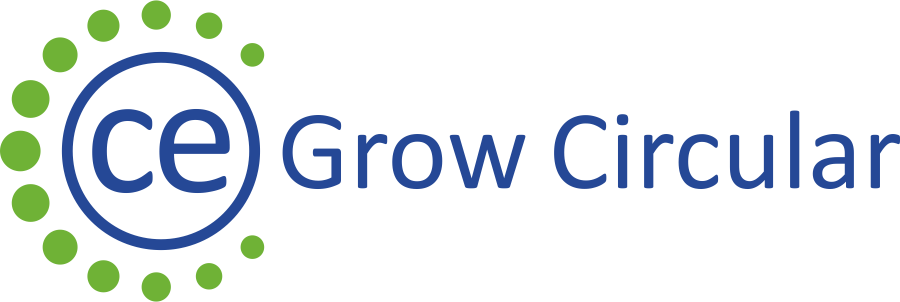ChristyD
Fri, 25/04/2025 – 12:58
The bioeconomy is a hot topic these days, right up at the top of policy agendas. It involves using renewable natural resources as a raw material. The circular bioeconomy introduces circularity into this concept: using what would otherwise be thrown away, using spent biological resources to regenerate ecosystems and minimising waste.
The ECESP website has a good selection of circular bioeconomy-themed content. This series will shine a spotlight on it.
Circular bioeconomy concept: fibres for textiles from agricultural waste
Le Marché is based in Pakistan and active throughout South Asia, with partners in Germany, France, the UK and the US. It has a two-pronged approach: it collects textile waste and recycles it for use as a secondary raw material, and it uses fibres made from agricultural waste. We’ll focus on the agricultural waste aspect here.
Hemp, pineapple and banana stems and leaves are processed, and the yarns sold as AGRATEX+™ AgriFiber Sustainable Hemp, Pineapple or Banana which is used to make knit, woven, denim and many more end products. The products are sustainable, transparent and traceable and the yarns come with a complete lifecycle assessment, from seed to farming to harvesting to fibre manufacturing. These are all natural, sustainable and regenerative alternative raw materials for the future fashion industry.
The company takes a 360-degree approach: from recycling to end product.
Results
- Le Marché creates valuable and sustainable fibre, yarn and fabrics for the fashion industry. It creates, offsets and improves fashion environmental footprints at product level, improving society and economy.
- It produces AGRATEX+™ Sustainable AgriFiber from hemp, pineapple and banana waste.
- Its AGRATEX+™ fibres turn would what otherwise be agricultural waste into a valuable secondary material.
- The company has a capacity of 5500 tonnes per month.


